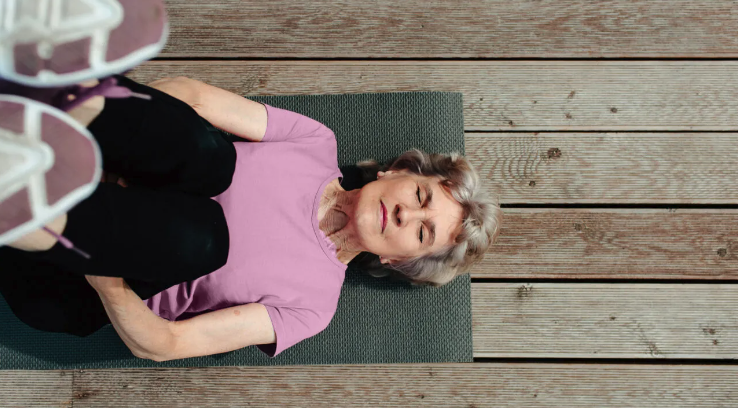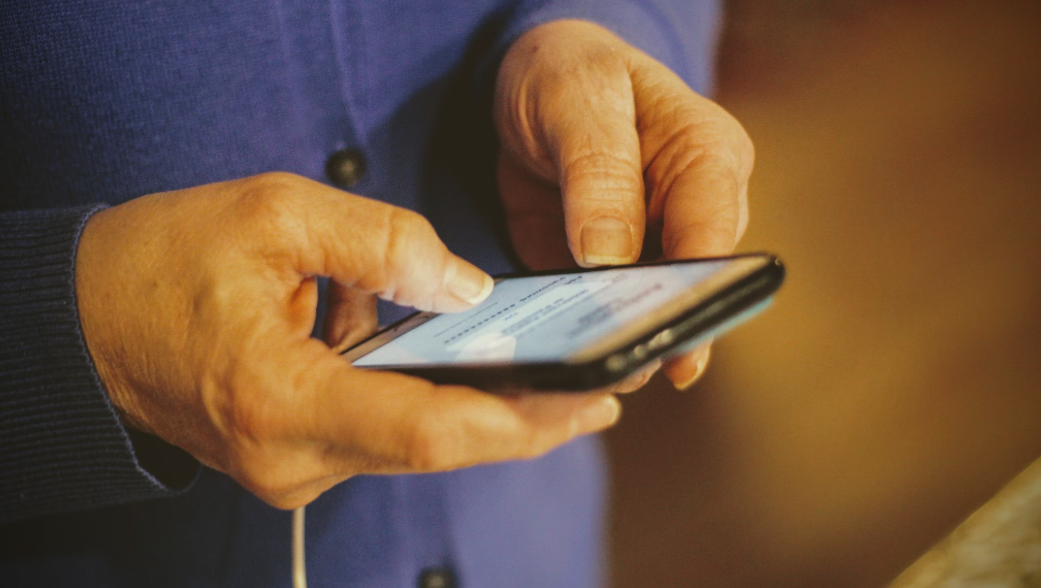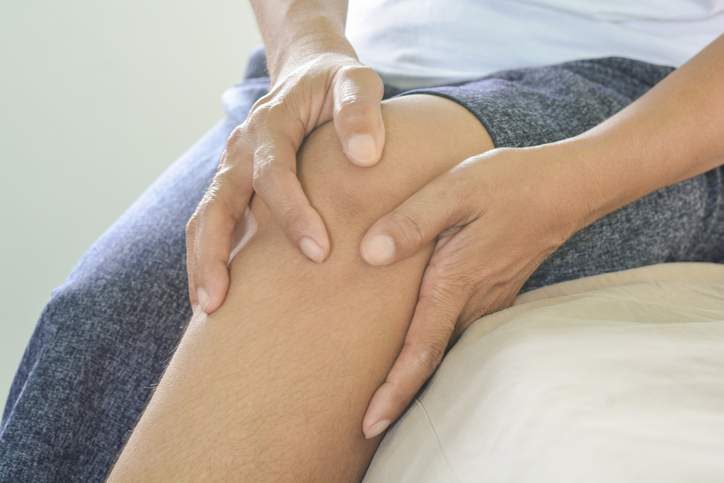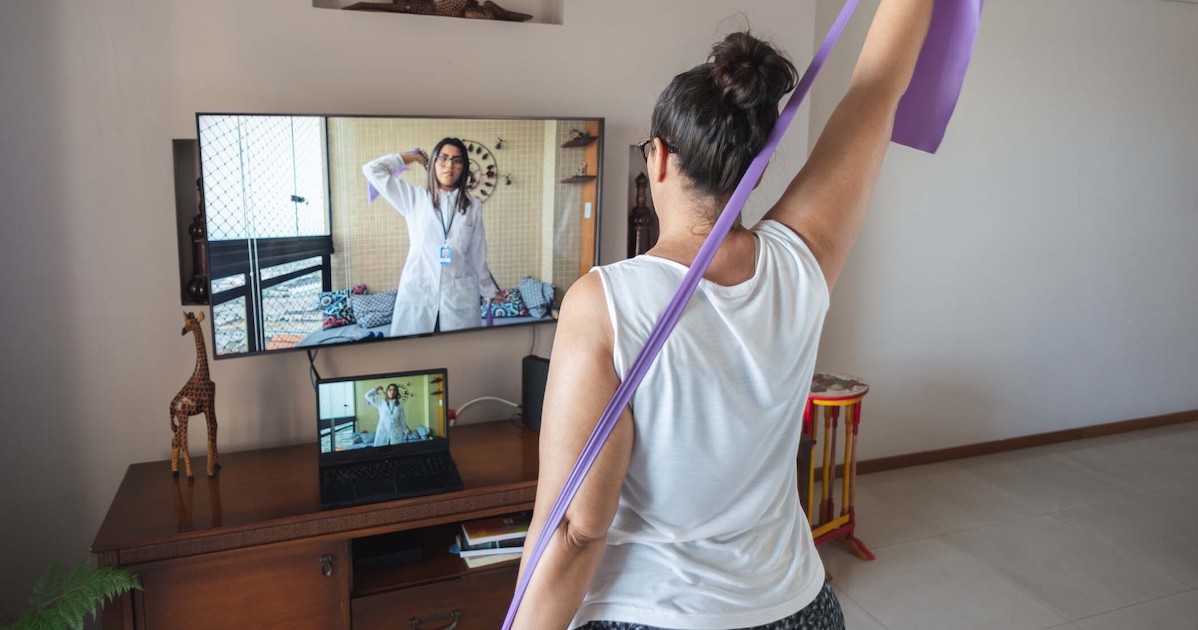If you scan the digital health scene for companies that deliver virtual physical therapies for musculoskeletal (MSK) conditions to the senior population, you likely won’t find any. Yet, if you look at the sheer number of people with MSK problems, half of them are on a Medicare plan.
What’s the disconnect? The simple answer, partnering with a health plan serving Medicare customers is time-consuming and difficult. It’s not as easy as signing up a self-insured commercial customer, which is what other digital MSK health companies target.
That’s why we have expanded our partnership with Cigna to offer virtual physical therapy and a broad MSK solution to Medicare Advantage customers. It’s a strategic collaboration that has allowed us to make a real stake in Medicare by offering RecoveryOne’s solution to treat MSK conditions and injuries as an in-network benefit.
Our platform is currently available to Cigna Medicare Advantage customers within the Tennessee market, which includes plans in North Mississippi, Virginia and North Georgia, with the intention to expand to many other markets.
At RecoveryOne, we don’t shy away from challenges or hard sells. We are invested in our customers and make every effort to ensure all of their members have access to our MSK platform. In fact, RecoveryOne was founded originally to support total hip and total knee populations. It was our bread and butter in the early days and a meaningful proportion of those customers was in the 65 and older crowd. While we have improved our offering since then to be a comprehensive solution for all back and joint problems, we haven’t forgotten our roots and continue to support seniors.
 The need for MSK solutions aimed at the senior population
The need for MSK solutions aimed at the senior population
Nearly three out of four people age 65 and over in the United States are affected by MSK ailments, most commonly damage caused by osteoarthritis and fall-related injuries. Yet, the MSK digital health industry is focused on self-insured employers, not Medicare-managed health plans, which cuts out a huge swath of the senior population, the ones who would benefit most from it. In some instances, digital health companies who contract with self-insured employers end up with older customers through the company retirement benefits program. But that’s almost by accident and makes up a marginal slice of the Medicare pie. We purposefully aim to help and support seniors.
RecoveryOne saw a need to expand digital programming to a vulnerable population. With Covid, it is even more important to offer virtual service so seniors don’t have to venture out into the pandemic and risk exposure.
From the comforts of their home, seniors meet virtually with a physical therapist for an initial assessment. The appointment is with a real person, not a bot. Based on the unique factors for the individual, the therapist chooses one of our 200 clinically proven pathways that includes exercises to reduce pain and improve recovery. Every customer also receives a personal health coach who connects with them regularly to motivate and answer questions via messaging. To keep it simple, we don’t bother with sensors, they are bulky and annoying to wear during exercises.
Historically, most people don’t finish their in-person physical therapy, mainly because it’s a hassle. With RecoveryOne, it’s not a chore. It’s simply convenient and effective. And our health coaches are there to support seniors along the way.
Debunking the Myth Old People are Tech-Averse
The question I most often get asked about serving the Medicare population is “Aren’t seniors tech-averse?” I mistakenly assumed the same years ago. I’m relieved to know I was wrong. So, let’s debunk it.
The vast majority of older people have smartphones. Grandparents today regularly use their phones to video chat with their grandchildren and post on Facebook. Today, smartphone adoption is 86% for 50 to 59 and 81% for those 60 to 69, with 62% of those 70 and older using smartphones. And that’s all you need to access our MSK solution.
On our platform, I’ve been pleasantly educated to see a senior population’s high level of comfort with our technology. Seniors surely aren’t as tech-savvy as the Gen Z population, but they are more than capable of accessing and navigating RecoveryOne. And just because they aren’t digital natives doesn’t mean they shouldn’t get access to digital health solutions.
A Scalable Solution for Seniors that Saves Money
Working with Cigna’s Medicare Advantage customers is a scalable, cost-effective solution for helping heal seniors with MSK injuries.
Because Medicare Advantage customers don’t have to leave their homes or wait weeks for an available in-person appointment, they save money, time and energy not having to travel or pay for expensive gym memberships.
RecoveryOne saves health plans money. Based on national claims data from more than 350,000 members, RecoveryOne reduced the total medical cost by $751 per member per month for MSK-related diagnoses and reduced costs by nearly 77% for low back pain and 84% for rotator cuff tears.
So while the MSK digital health industry may appear crowded, it actually fails to address the senior consumer population. That’s a massive missed opportunity. Let’s help those who need virtual care most heal from their injuries or surgeries. Now that RecoveryOne’s solution is available to Medicare Advantage customers, there is work to be done to expand even further and improve our product even more.







 The need for MSK solutions aimed at the senior population
The need for MSK solutions aimed at the senior population


